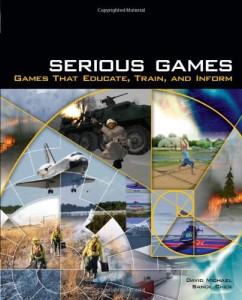 935 pages, 569 Figures, 50 Tables, See Image, August 21, 2008
935 pages, 569 Figures, 50 Tables, See Image, August 21, 2008
Chun-houh Chen
I gained access to this book free, via the sponsor of our non-profit's first year of operations, or I would not have bought it. It is a “great work” in the classic sense, and merits total respect. It must certainly be in the library of any university or college with ambitions to educate those who will lead the next wave moving us toward Web 3.0 and Web 4.0.
The publisher has been responsible about posting useful information (see inside the book, the second active link below the cover on this page) so I urge anyone thinking about this work, at this price, to print and attach the table of contents to their requisition.
The book does NOT make the leap to geospatially-referenced data or infinite end-user tagging of data, but it is certainly a foundation endeavor and I recommend it on that basis.
The other books being read by our senior “working” technologist include:
A New Ecology Perspective by Sven Jergensen et al (Elsevier, not on Amazon that I can find)
Information Visualization: Beyond the Horizon
Building Trustworthy Semantic Webs
Most of what we are reading these days are research reports that are outrageously priced and really should be affordable books and also free online, but most authors are too willing to give away their intellectual property for a pittance at tis time. Personally, I am betting on humans linked with low cost information sharing and group sense-making tools, and I am NOT holding my breath for automated fusion, machine learning, artificial intelligence, or machine sense-making.
I admire, very much, the more affordable books on visualization offered by Amazon, and urge the individual reader to spend on more of those than on this one overly expensive basic reference (I would have priced it at $90).
See the image I have loaded under book cover for a sense of the nuances Earth Intelligence Network is exploring.




